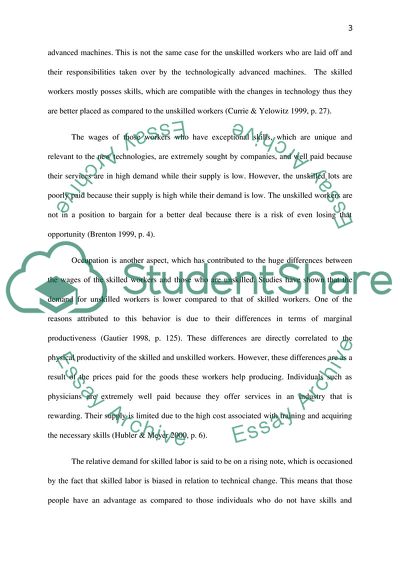What are the major factors determining the earnings differential Essay. https://studentshare.org/macro-microeconomics/1784182-what-are-the-major-factors-determining-the-earnings-differential-between-skilled-and-unskilled-workers
What Are the Major Factors Determining the Earnings Differential Essay. https://studentshare.org/macro-microeconomics/1784182-what-are-the-major-factors-determining-the-earnings-differential-between-skilled-and-unskilled-workers.


